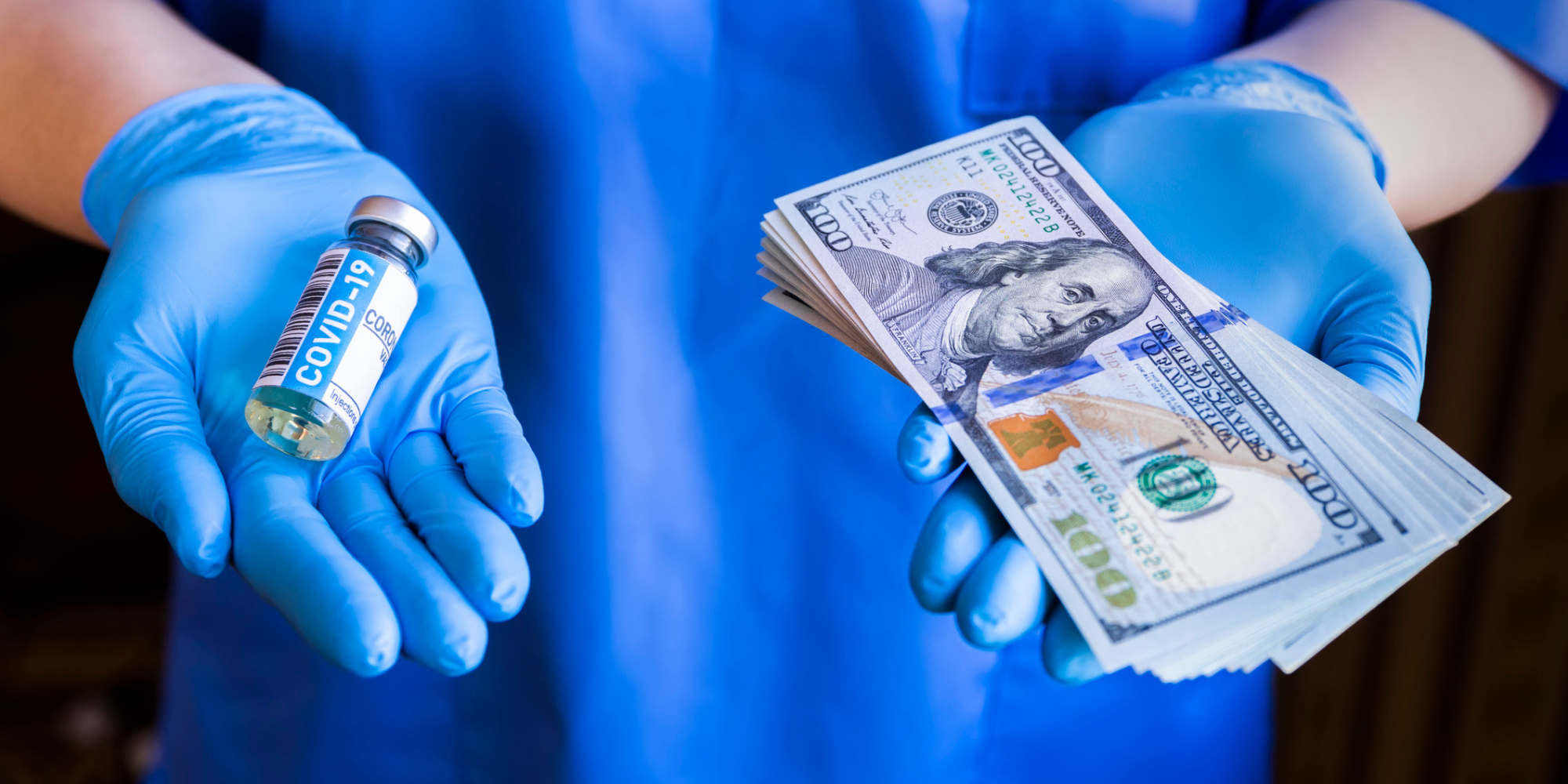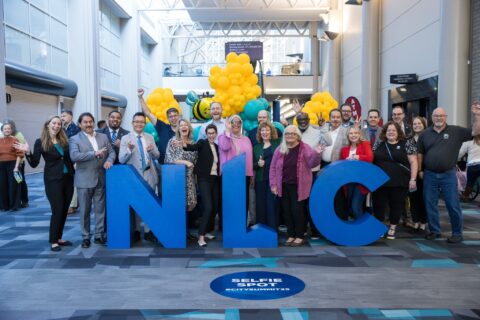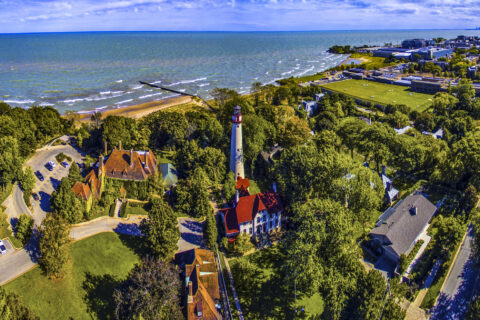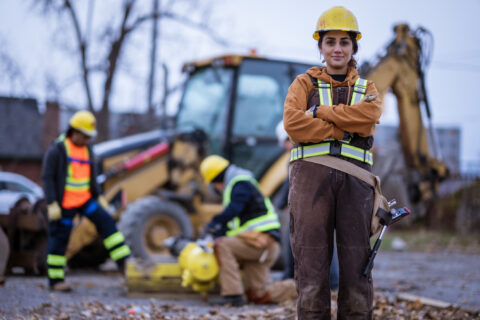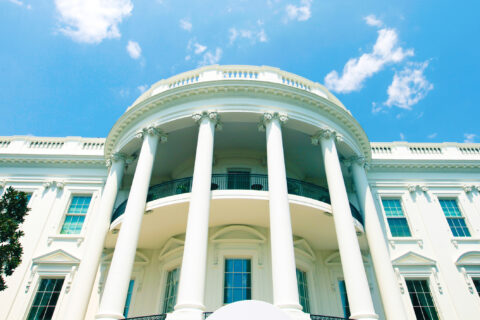With COVID-19 case levels increasing in the past few weeks, cities, towns and villages across the country are using a variety of tools to increase vaccination rates, including incentive programs, community outreach and legal mandates. The Treasury Department and President Biden have encouraged local jurisdictions to use American Rescue Plan Act (ARPA) funds for $100 vaccine incentives. Cities have been quick to launch programs for both incentive and outreach efforts.
Vaccines are the key to returning to a sense of normalcy and greatly decrease the risk of hospitalization and death from COVID-19. Cities should prioritize equitable vaccine access and tailor their vaccination programs to address the specific needs of their community. These examples, and others, are captured in the COVID-19 Local Action Tracker, a partnership between the National League of Cities and Bloomberg Philanthropies launched in 2020 to collect and share actions that cities are taking in response to COVID-19.
Incentives Programs
Hartford, CT: In July, Hartford created an incentive program where the first 200 residents who got vaccinated and posted about it on their social media would get $200.
Winter Park, FL: Winter Park is giving city employees $150 and a paid day off if they provide proof of vaccination by September 15. This incentive is paid for using ARPA funding.
Community Outreach
Fort Worth, TX: City employees are going door to door in neighborhoods with low vaccination rates to provide information about the vaccine and encourage people to get vaccinated.
Baltimore, MD: Baltimore is using mobile vaccination teams to reach residents who can’t leave their homes.
Legal Mandates
San Francisco, CA: San Francisco is requiring vaccinations for people to enter indoor dining establishments, bars, nightclubs, gyms, concerns, theaters and other indoor events. These regulations went into effect on August 20.
Dayton, OH: Dayton is requiring city employees to get vaccinated or be tested regularly.
Vaccine Best Practices
Work with local communities to ensure equitable access. Community engagement is a valuable tool in ensuring equitable distribution of the vaccine. Working with local community groups and leaders ensures a more tailored outreach plan and can help address the lack of trust that may lead to vaccine hesitancy. Check out this NLC article on effective communication and communication to learn more.
Utilize data to determine where vaccine levels are lowest and develop a distribution plan to target those areas. These community members have been disproportionately affected by COVID-19. Prioritize these vulnerable and at-risk communities as well as communities with low vaccination rates in outreach efforts. Visit this NLC article to learn more about using data to implement equitable vaccine distribution.
Remove barriers to access such as transportation, childcare, language and technology. Leverage funding sources, such as the American Rescue Plan, and collaborate with regional partners to remove these barriers and make vaccinations more accessible. Learn more about innovative transportation initiatives here, and regional collaboration here.
As local leaders work to increase vaccinations in their communities, we hope you will share your stories and programs with others by submitting your efforts to the Local Action Tracker. Sharing best practices will help us ensure we reach all communities and individuals with information and access to a vaccine. Submit your local actions here!
Check out more city vaccination programs below.
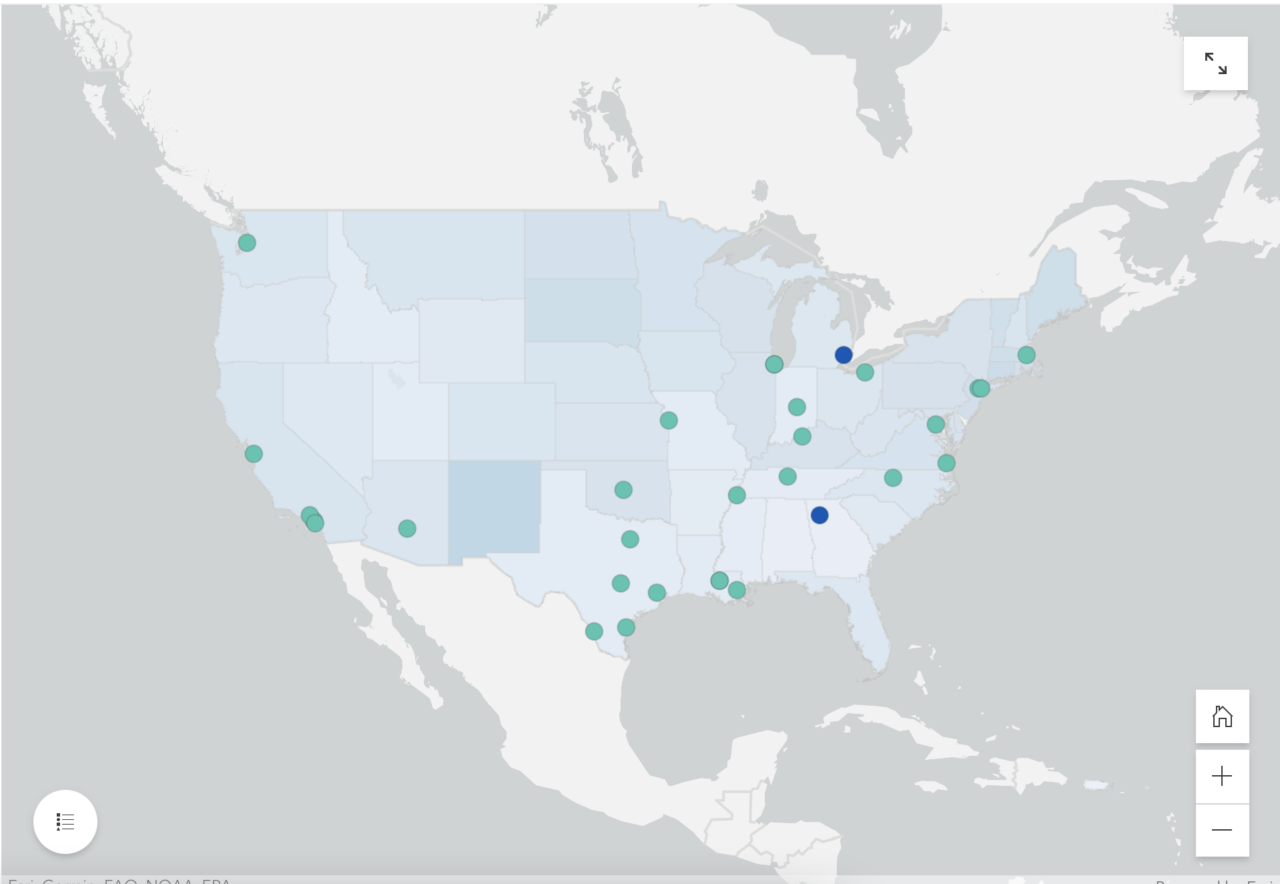
Learn More
The NLC Local Action Tracker is the most complete collection of municipal responses to COVID-19. The information was collected through active research and direct submissions from local leaders.
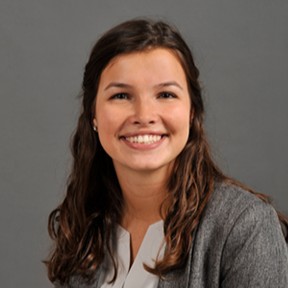
About the Author:
Lindsey Volz is a Graduate Intern at NLC.
